Reputed to be a city with ‘a thousand personalities’ once the sun has gone away, the real nightlife in the Eastern Spanish port city of Valencia begins at midnight. In keeping with true Spanish tradition where people chill out in the evenings at Tapas bars and where dinners can begin only at 10 p.m. and extend over a couple of hours, the tireless energy of its residents extends till the wee hours of the morning during weekends.
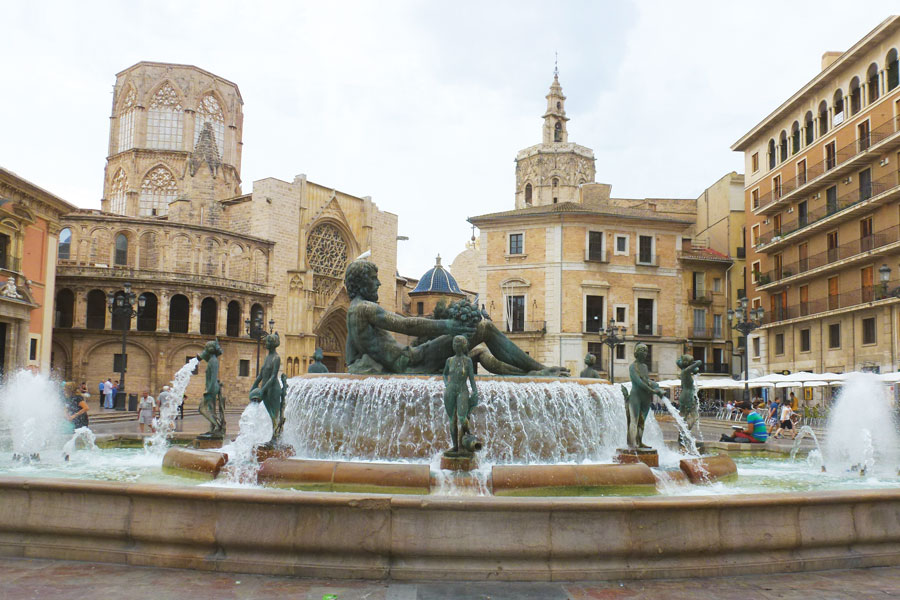
In keeping with the spirit of “In Rome do as the Romans do,” visitors to this magic city can effortlessly pick up the lifestyle of locals. Including a memorable gastronomic experience. The essentials are of course piles of Paella and pitcherfuls of Sangira, the popular Spanish cocktail.
Valencia, being a rice-growing region, the traditional Spanish dish Paella evolved here naturally.
Going by earlier visits, I’m prepared for the gourmet experience. Hosted by Spanish Tourism, we (five Indian journalists) await to discover the city’s historical and modern charms, its monuments and the imposing Marina and beaches. Valencia, with its spacious port and sparkling waters has become a cruising hub with luxury liners such as Queen Elizabeth II and The World stopping over. Close to 5,00,000 cruise passengers visit the city every year.
Gourmet experience begins
But what we didn’t expect was a gourmet experience within an hour of landing at the airport. Driving straight to the restaurant Casa Gijon, run by Paseau, whose grandfather started it in 1940, we are charmed as much by the traditional stone interior in Moorish style as the quick succession of delicious tapas (starters) that land at our table.
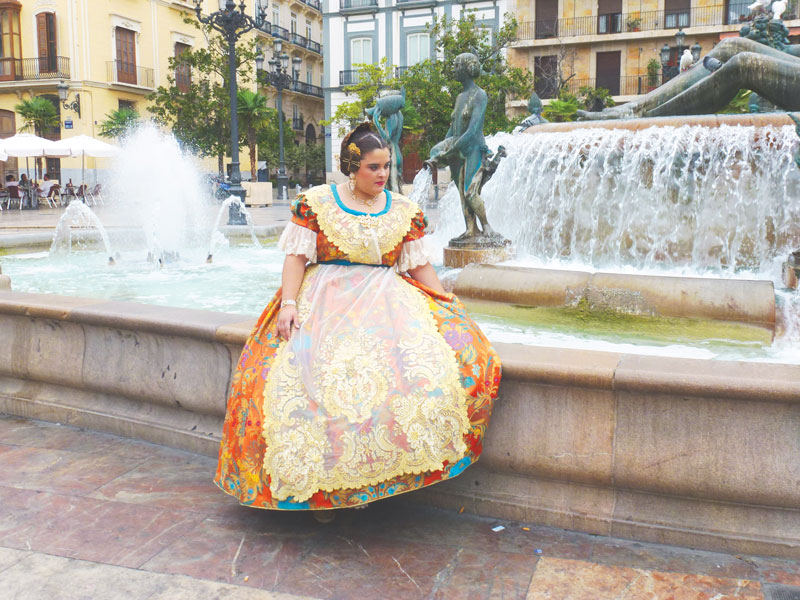
Freshly baked bread and tomato pesto, a delicious salad with nuts and raisins, Escalibada, a tapas made with codfish, onions, red peppers and aubergine, squids with green beans and garlic … all happily washed down by the famished guests with a refreshing house-made white wine.
Paseau and colleague soon make a dramatic entry, the two holding a gigantic platter of the king of all Spanish dishes — the Paella. The Paella, fragrant with saffron, at one end, and a striking, Soccarat (traditional painting on tiles) by a famous painter on the other side, complete the Mediterranean magic of a warm and hospitable stone and wood interior. We feel even more at home when told he had recently served a meal to a group of 100 Indian dentists!
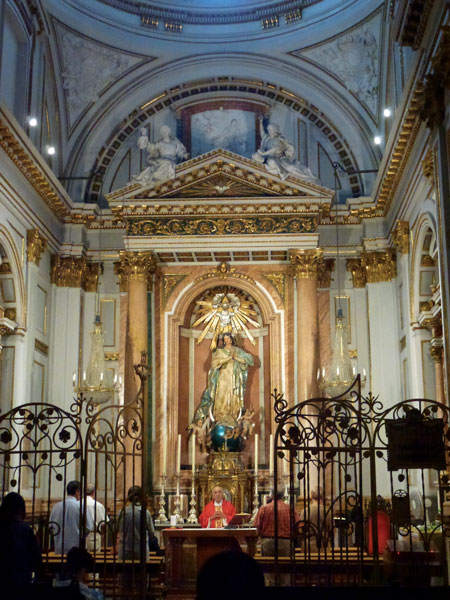
Valencia being a rice growing region, the Paella evolved here naturally. Traditionally, people would throw into the pan vegetables — onions, potatoes and peppers, beans and whatever meat brought from the day’s hunting. Thus, a rabbit paella became common. But with most tourists too squeamish to eat rabbit, we got a chicken paella, made with lots of vegetables and with locally grown Bomba rice.
It is delicious, consumed quickly, along with the mousse for dessert … a subtle mix of strawberry, orange and chocolate. The balance of flavours and taste is incredible. A meal like this costs 25–30 euros here.
Over the next two days, other gourmet experiences follow; Sangria, made with red wine and fruits, and what I thought was orange juice, is soon sought, served and downed. Later on, in both Valencia and Ibiza, I learn that Sangria in this coastal Spanish region is made with red wine and fizzy drinks such as Fanta, Fanta-lemon and pieces of fruit. I tried it after returning home, and it was nearly as good.
A modern city
The next morning we visit the buzzing Plaza de la Virgen, at the centre of which is the iconic Turia fountain, and the Cathedral complex alongside. Spanish bascillicas can give Italian ones a run for their money in their exquisite architecture, paintings and décor. We are lucky to chance in on a photo shoot of a lady wearing traditional costume, and click away merrily, all in phokat!
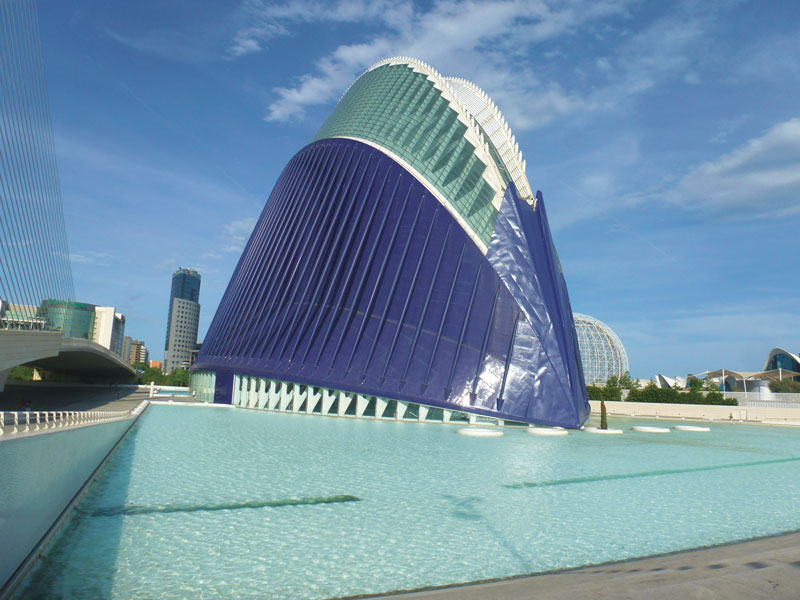
Our guide tells us how Valencia is emerging as a destination of choice for huge global events — seminars, workshop, professional congresses and more. More and more venues and hotels are coming up with the right blend of conference facilities and opportunities to relax and party after the conference. He regales me with stories of how different nationalities have different needs and perspectives when they do a pre-conference survey. The Japanese are the most serious and meticulous. “They do video-filming of the most minute details; the film is taken back home, played to a committee and then they decide whether this will be the perfect venue for the event they are planning. You can learn a lot from the Japanese on the importance of meticulous planning and minute details.”
Pub-hopping
At his first bar Laboratorio, which he calls “cheap and cheerful” we’re served a traditional and delicious Mojito, among the best I’ve ever sampled by Marc Insanally, its young owner. Mostly the young hang out here; the typical Saturday evening begins at 10 pm with a drink or two at one bar, then moving over to another, and so on. Such pub hopping is very Spanish.
Essentially a café-cum-bar, this joint strives to provide a “very young and vibrant and very Spanish setting with a cosmopolitan feel,” says Marc. Here you can enjoy a fusion of styles … local wines, cocktails — from mojitos to sangria — each costing only around 4-5 euros, cured ham, aged cheese, hamburgers. As also what is exotic for Europeon or American guests, but very familiar to others such as Indians, a variety of dimsums, samosas and kebabs!
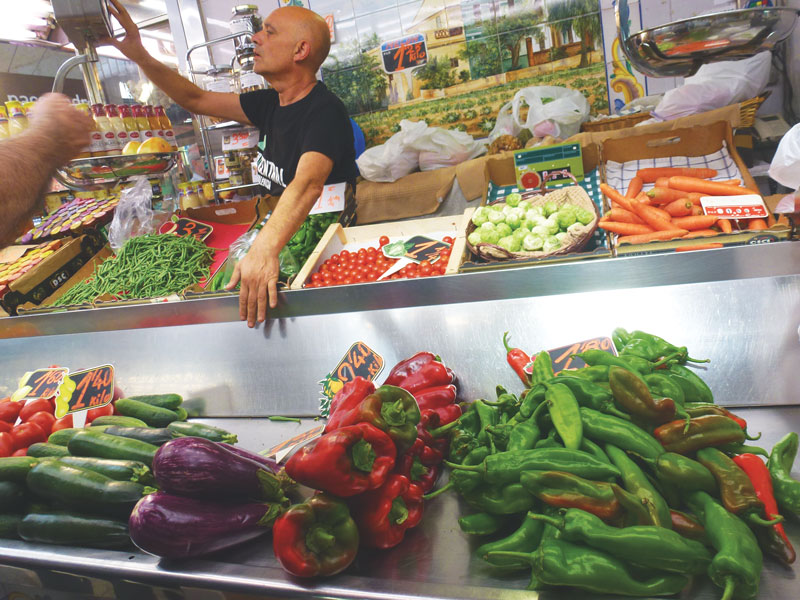
“This café combines its primary function of food and drink with small cultural events, networking breakfasts, language evenings,” says Marc.
Next we move on to the more upmarket Café de Las Horas, the second bar Mark started in 1994. This strives to “combine the styles of the classic Spanish literary café at the turn of the 20th century, the bohemian Parisian café, the very English tea room, and the American cocktail bar,” says the brochure.
The result is essentially Valencian — a perfect blend of the old and the new … tradition and modernity, also promising a comfortable evening for teetotallers with exotic coffees and teas.
We end our evening here with a real taste of this beautiful Spanish Town — Agua de Valencia, the base of which is cava / champagne, orange juice, with a dash of gin and vodka. “And I add my little tricks to make it different and special,” grins Marc.
He sure does, as we walk out singing!
Pictures by Rasheeda Bhagat
Info Box
- An accessible Mediterranean port city, Valencia can be reached by air, boat, train and bus from most European hubs.
- Spend half a day walking around the historic Plaza de la Virgen with Turia Fountain and the cathedral complex.
- The birthplace of Paella, this rice growing region offers the best of this delicacy, perfect for Indian vegetarians too.
- Plenty to offer for families with children — a Bioparc which simulates open wild spaces and is home to over 4,000 animals from 250 different species. There are special arts, science and music programmes for children too.
- Hop from a Horchatta (a refreshing drink made from tiger nuts) bar to a tapas place, dine in a fine restaurant, before heading for a pub crawling session till the wee hours.





